Wrapping Up
MCMURDO STATION, ANTARCTICA– Our project is just about over. We flew our last two flights on Sunday and are scheduled to fly back to New Zealand on Wednesday. Of course, the weather here will have a large say in whether or not we actually do leave on Wednesday.
We’ve had a very successful field season. We flew a total of 16 Aerosonde flights, 8 of which were “science” flights to the Terra Nova Bay polynya we are studying. We logged a bit more than 130 flight hours and flew a total of almost 7000 miles (too bad I can’t count those towards my frequent flyer miles).
The weather we’ve observed at Terra Nova Bay has been nothing short of amazing. On yesterday’s flight we flew through hurricane strength winds as strong as 90 mph. The wind was so strong that one of the planes came back with a coating of salt on the wings. We think this salt was from sea spray over the open water in the polynya. This is really quite impressive, since we never flew lower than 300 feet above the surface. I can’t even imagine what it must be like to be in an environment where the temperature is below 0 degrees F, the wind is blowing at hurricane strength, and the air is filled with sea spray hundreds of feet in the air.
Another observation I was amazed by was a very abrupt increase in wind speed over a very short distance. In the span of just 4 miles we flew from light winds that were blowing at less than 10 miles per hour to winds raging at more than 70 mph. To be honest I was worried for our little Aerosondes, but they handled the ferocious winds with no problem. In fact, other than the first plane that crashed two weeks ago we haven’t lost any other planes. This was better then we had expected, as we thought we’d lose anywhere from 2 to 4 of the planes we brought down with us.
The strong winds did present some problems for our planes. The maximum air speed of the planes is about 60 mph, so when we pointed them into winds stronger then that they were actually blown backwards. This made navigating the planes to the places we wanted to go a real challenge. Despite that we managed to collect almost all of the data we had hoped to.
Speaking of planes, we held a contest on the base to name our 4 Aerosondes. The only rule we imposed for the contest was that the names had to be of Antarctic explorers. The winning names were Scott, Mawson, Shackleton, and Bancroft. Scott was named after Robert Falcon Scott, the second man to reach the South Pole. Scott, along with his party died on their return trip from the pole. Appropriately, our one plane that didn’t make it back was named Scott. Mawson was named after Douglas Mawson, an Australian explorer that spent two winters at Cape Denison, one of the windiest places on the planet. Like Terra Nova Bay, Cape Denison is battered by fierce katabatic winds. Mawson’s book on his experiences there was named the “Home of the Blizzard” and is a fantastic story. Shackleton was named after Ernest Shackleton, whose tale of Antarctic survival is one of the truly great Antarctic stories. Finally, Bancroft was named after Ann Bancroft, the woman who led the first all female ski expedition to the South Pole.
In the next day or two we’ll finish packing up all of our gear and get ready to return to the much warmer weather of the mid-latitudes. I’m looking forward to seeing my wife and 7 month old daughter soon.


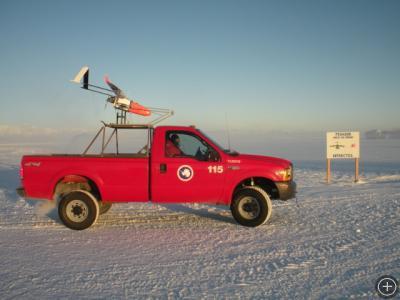
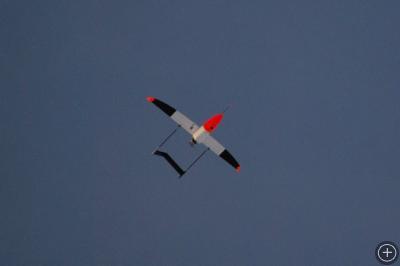
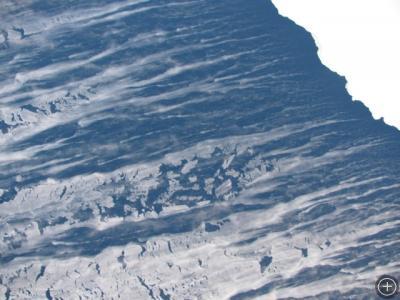
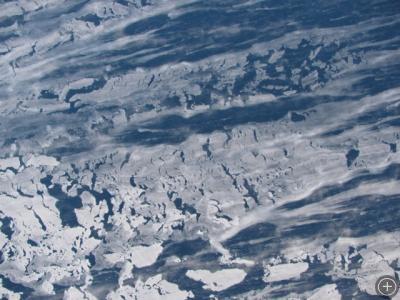
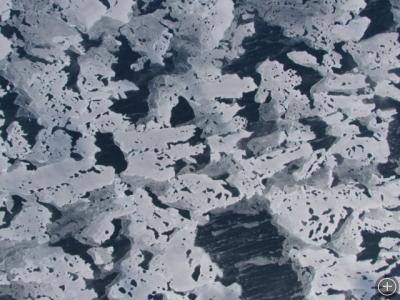

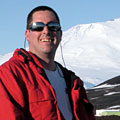

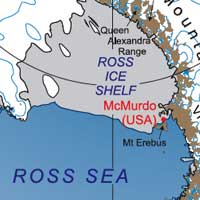





Congratulations, well done to all those concerned.
The ice photos are just incredible! I can’t believe the aerosondes made it through the 90mph winds.